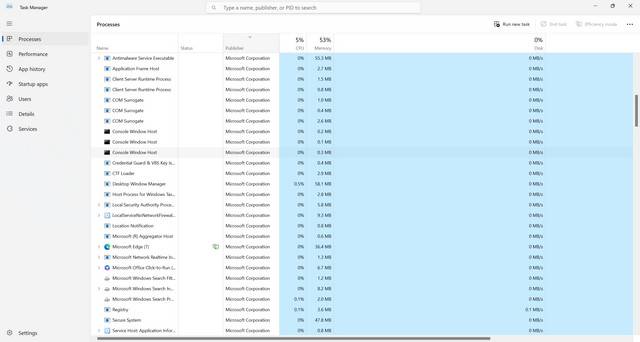When it comes to computer security, it’s important to stay vigilant and be aware of any potential threats that may compromise the integrity of your system. One such file that often raises questions among users is arping.exe. In this article, we will answer what arping.exe is, its purpose, and whether or not you should remove it from your computer.

What is arping.exe?
Arping.exe is an executable file that is associated with the Address Resolution Protocol (ARP) utility. ARP is a protocol used in computer networks to map an IP address to a physical (MAC) address. Arping.exe is a command-line tool that allows users to send ARP requests and receive ARP replies.
Arping.exe is a legitimate file that is included in the Windows operating system. It is typically located in the System32 folder, which is a common location for system files. The file size of arping.exe is usually around 20-30 kilobytes.
Is arping.exe a virus or malware?
While arping.exe itself is not a virus or malware, it is worth noting that malicious actors may use similar names to disguise their malware. Therefore, it is essential to verify the location and digital signature of the arping.exe file on your system.
If you suspect that the arping.exe file on your computer may be malicious, it is recommended to perform a thorough scan using reliable antivirus software. Malwarebytes Free is a trusted antivirus program that can help detect and remove any potential threats.
Should I remove arping.exe?
In most cases, there is no need to remove arping.exe from your computer. It is a legitimate system file that is required for the proper functioning of the Address Resolution Protocol. Removing or tampering with arping.exe can potentially disrupt network connectivity and cause other system issues.
However, if you notice any suspicious behavior or encounter error messages related to arping.exe, it is advisable to investigate further. Here are a few steps you can take to troubleshoot the issue:
- Verify the file location: Check the location of the arping.exe file on your system. The legitimate file should be located in the System32 folder (C:\Windows\System32).
- Check the digital signature: Right-click on the arping.exe file, go to Properties, and navigate to the Digital Signatures tab. Verify the digital signature to ensure it is signed by Microsoft Corporation.
- Scan for malware: Perform a thorough scan of your system using reliable antivirus software, such as Malwarebytes Free, to check for any potential malware infections.
- Update your operating system: Keeping your operating system up to date is crucial for security. Make sure you have installed the latest Windows updates and patches.
If you have followed these steps and still have concerns about the legitimacy of arping.exe, it is recommended to seek assistance on our forum.
Conclusion
Arping.exe is a legitimate system file associated with the Address Resolution Protocol utility. While it is not a virus or malware itself, it is important to verify the location and digital signature of the file to ensure its authenticity. Removing or tampering with arping.exe can lead to network connectivity issues and other system problems.
If you suspect any malicious activity or encounter errors related to arping.exe, it is advisable to perform a thorough scan using reliable antivirus software, such as Malwarebytes Free. Additionally, following the troubleshooting steps mentioned earlier can help identify and resolve any potential issues.
Remember, maintaining a secure and well-functioning computer system requires regular updates, strong antivirus protection, and cautious online behavior. Stay informed and stay safe!










